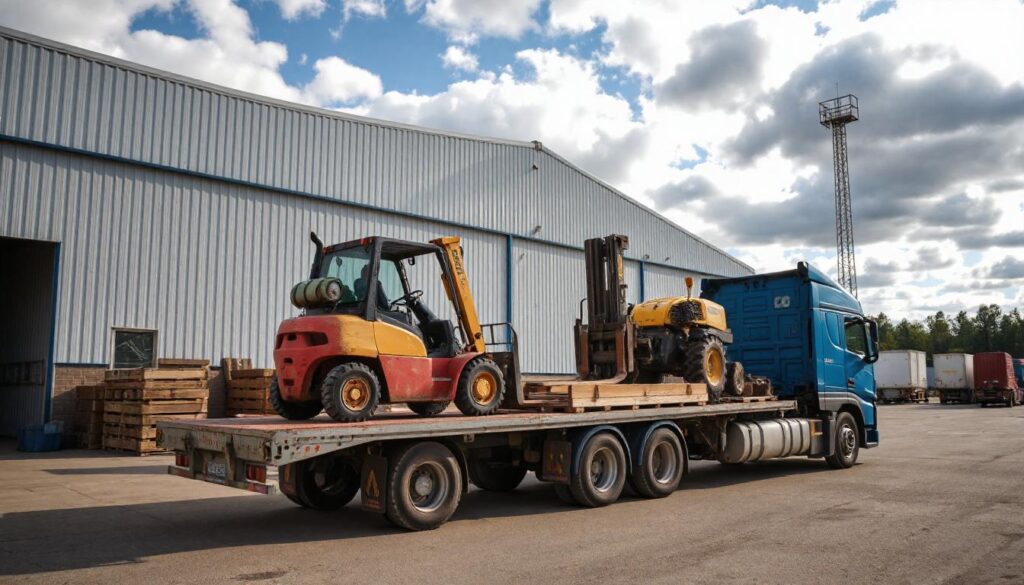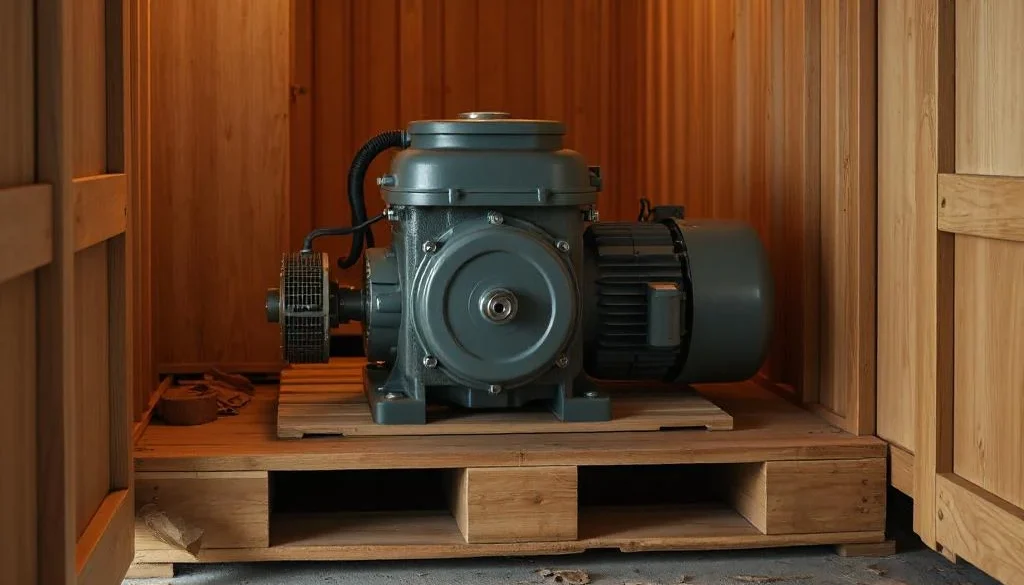Large Machinery Crating: Safe and Efficient Shipping Solutions
When transporting big and valuable machinery, crating is essential. Large machinery crating involves custom-built crates designed to protect heavy equipment during transit, whether locally or internationally. Furthermore, without proper packaging and protection, machinery is vulnerable to damage, leading to costly repairs or replacements. However in this guide, we’ll explore the details of large machinery crating, best practices, and how to ensure safe and efficient shipping.
Understanding Large Machinery Crating
Large machinery crating is the specialized process of designing and building crates tailored to the size, weight, and fragility of industrial machinery. Unlike standard packaging solutions, custom crates are built with the equipment’s specific needs in mind to provide maximum protection throughout the shipping journey.
Why Choose Custom Crates?
- Protection: Heavy equipment often has delicate components that require secure and cushioned packaging to prevent damage.
- Safety: Properly crated machinery minimizes shifting during transit, reducing risks to the equipment and transport personnel.
- Compliance: Domestic and international shipping regulations often mandate specific crating standards to ensure safe transportation.

Who to Choose for Heavy Equipment Crating and Shipping
Best Practices for Heavy Equipment Crating
Effective crating for heavy equipment demands careful planning and adherence to best practices. These steps ensure the machinery is shipped securely and arrives undamaged.
Custom Crate Design
- Exact Measurements: Accurately measure equipment dimensions, including protruding parts, to create a crate that fits perfectly.
- Weight Considerations: Use reinforced materials to ensure the crate supports the equipment’s weight without compromising safety.
Material Selection
The materials used in large machinery crating significantly impact durability and performance. For example, while wood is commonly used, steel or aluminum may be required for extra-heavy or sensitive equipment.
Securing the Machinery
- Bracing and Padding: Add internal supports and cushioning to protect the equipment from vibrations and shocks.
- Strapping: Use heavy-duty straps to keep the machinery stable and secure during transit.
Ensuring Safety During Transport
Shipping large machinery involves inherent risks, but following safety protocols can prevent accidents and damage.
Weight Distribution
Ensure the equipment’s weight is evenly distributed inside the crate to avoid tipping or shifting during loading and unloading.
Labeling and Documentation
- Labels: Clearly mark crates with weight, dimensions, and special handling instructions like “fragile” or “this side up.”
- Documentation: Include all necessary shipping paperwork, such as customs forms, to streamline the process and comply with regulations.
Shipping Regulations
Domestic and international shipping regulations require compliance with weight limits, crate construction standards, and transportation protocols. Working with professional crating providers ensures adherence to these rules.

Oversized overweight crating – Large machinery crating
Innovations in Large Machinery Crating
New technologies and techniques are improving the safety and efficiency of large machinery crating.
3D Crate Modeling
However 3D modeling allows precise crate design that optimizes weight distribution and material usage, resulting in safer and more cost-effective solutions.
Smart Crates
Some crates now feature sensors that monitor conditions like temperature, humidity, and shock levels. These smart crates alert the shipping company to potential issues, reducing the risk of damage during transit.
Choosing the Right Crating Company
Partnering with an experienced crating provider ensures a smooth and secure shipping process.
Key Considerations
- Experience: Select a company with a proven track record in crating and transporting heavy machinery.
- Customization: Ensure the provider offers tailored solutions, from crate design to material selection.
- Additional Services: Look for companies that offer loading, unloading, and insurance options to simplify logistics.
Conclusion: Large Machinery Crating
However large machinery crating is essential for transporting heavy equipment safely and efficiently. Custom crates protect valuable machinery from damage, ensuring it arrives in good condition. By following best practices, using high-quality materials, and working with reliable providers, you can streamline the shipping process and minimize risks. Contact us today to learn more about how we can support your crating and shipping needs.

